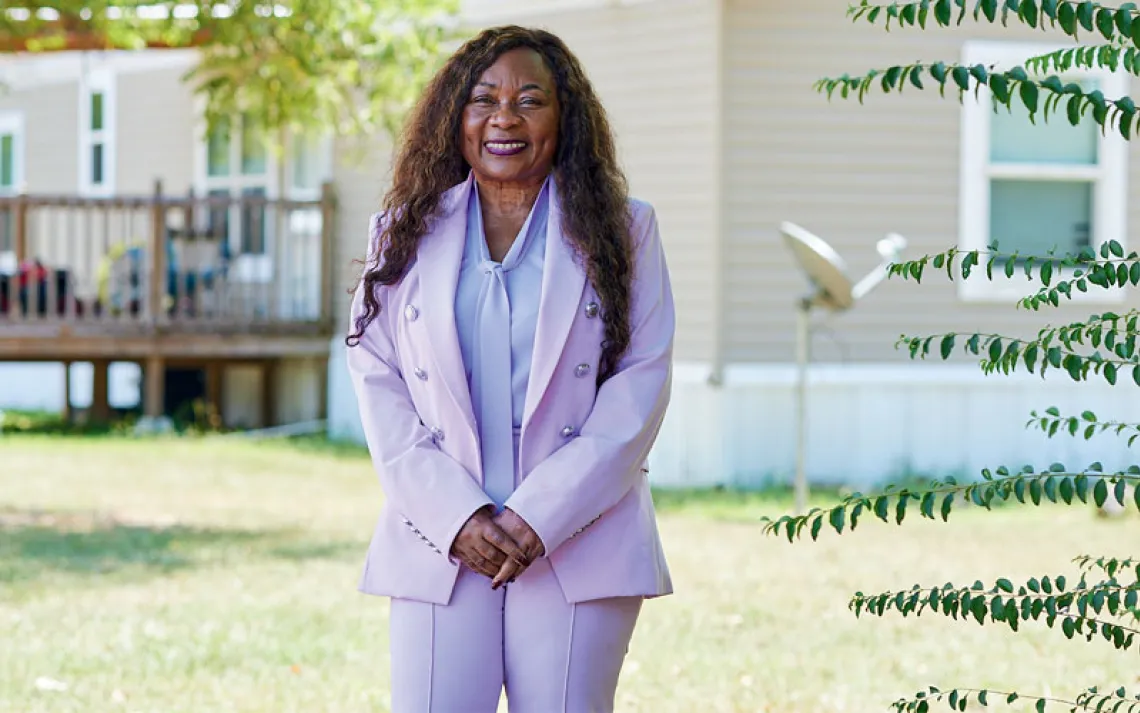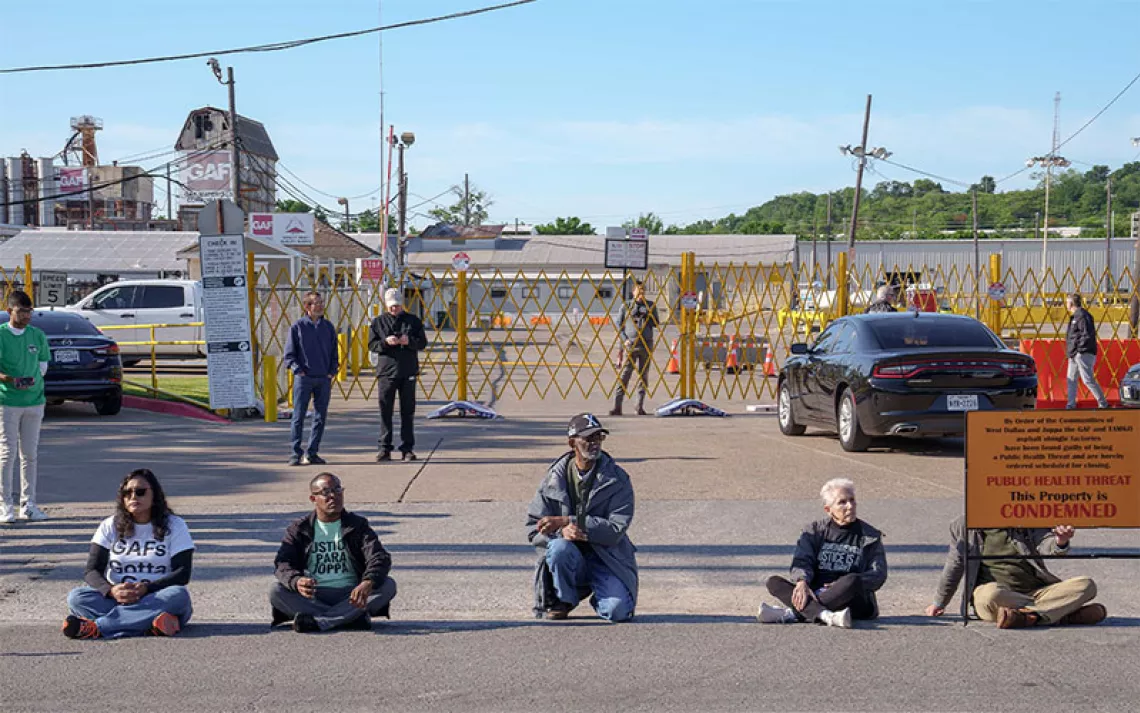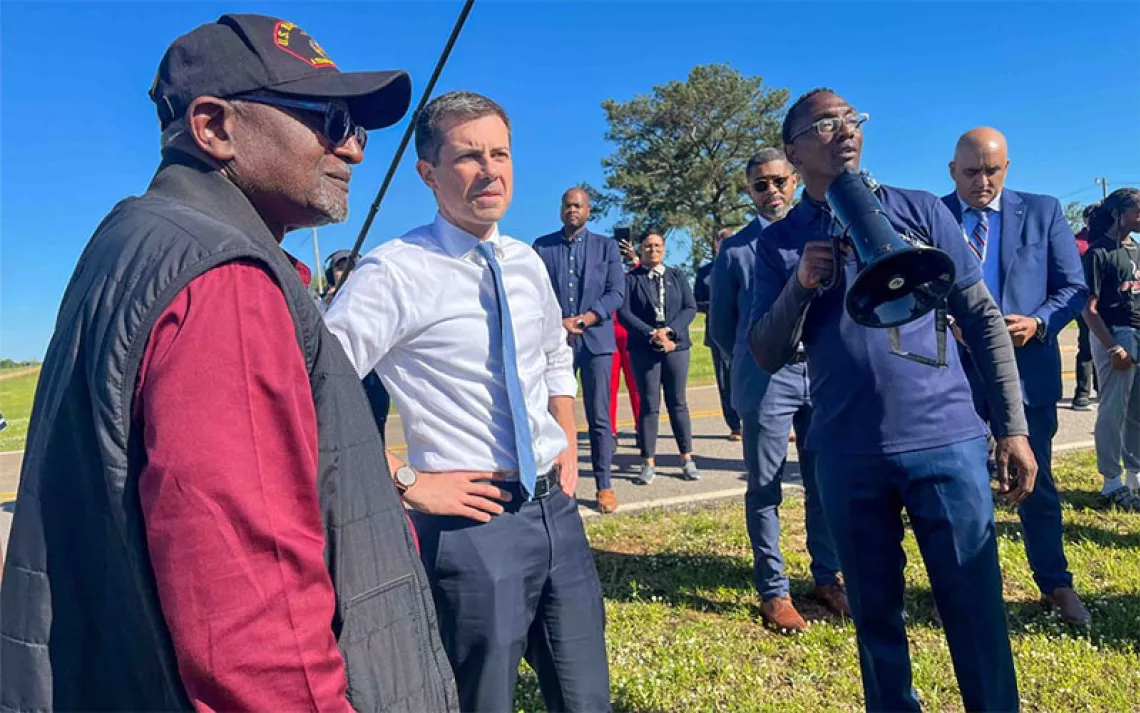Judge Dread
What could replacing Supreme Court Justice Anthony Kennedy with Brett Kavanaugh do to the environment?

Photo by J. Scott Applewhite | AP
On Monday evening, President Trump announced his nominee to be the next Supreme Court justice: Brett Kavanaugh, who is on the U.S. Court of Appeals for the District of Columbia.
This does not come as a huge surprise. When Kavanaugh worked as legal counsel and later as staff secretary for George W. Bush, he often argued in favor of increased presidential privilege, power, and immunity from prosecution. If you’re a president being investigated for a lot of things, a pick like Kavanaugh is nearly irresistible.
When Trump nominated Neil Gorsuch to the court just weeks after his inauguration, he picked Gorsuch’s name off a list compiled by the Federalist Society, an organization of conservative lawyers, and Kavanagh was likely chosen the same way. The Federalist Society believes that one of the key missions of the U.S. legal system is to maintain “fidelity to the Constitution”—when it became the law of the land, back in 1789. This is also known as “constitutional originalism,” and while it may hearken back to 1789, its recent political sway is only about as old as the Reagan era.
In the past, Kavanaugh has sought to limit or throw out Obama-era environmental regulations, and Trump couched his announcement of Kavanaugh’s nomination with originalist-sounding language about how the Supreme Court justice is tasked with "safeguarding the crown jewel of our Republic—the Constitution of the United States." He also name-dropped Reagan, who Trump described as a president who understood that justices were supposed to "apply the Constitution as written."
Originalism and environmentalism make uneasy bedfellows, says Holly Doremus, an environmental law professor at UC Berkeley, because much of our environmental law only dates back to the mid-20th century. Back in 1789, the average American colonist was more inclined to think of the environment as something they needed protecting from, rather than an entity deserving of protection.
When the Constitution was written, herds of bison still roamed Missouri and Arkansas. Passenger pigeons were the most common bird in America, and when they flew overhead, they could darken the sky for hours at a time. The first national park wouldn’t exist for almost a hundred years.
As someone who often served as the swing vote in an increasingly polarized court (and an increasingly polarized country), outgoing Justice Anthony Kennedy was the most powerful man in America. Death or impeachment were the only ways that he could be removed from the job involuntarily. His replacement will also wield enormous power over what is and isn’t legal in this country—and, unlike Trump, Kennedy’s replacement could be around for decades, rather than just eight years, max.
So what kind of decisions would a more originalist Supreme Court make about the environment? Here are a few possibilities:
Say hello to a dramatically curtailed Clean Water Act
Justice Anthony Kennedy was very much a conservative, says Doremus. But he wasn’t an originalist, and he occasionally broke ranks with colleagues like Clarence Thomas and Antonin Scalia to make rulings that displayed an understanding of the natural world that went beyond the expertise of the average Supreme Court justice.
For example: Rapanos v. United States, a case in which a Michigan landowner argued that he did nothing wrong by filling 28 acres of wetlands with sand in the hopes of attracting a shopping mall developer to the site—even though state officials and environmental consultants repeatedly told him not to.
The other conservatives on the court—Scalia, Thomas, Samuel Alito, and Chief Justice John Roberts—concluded that the phrase “the waters of the United States” only included streams, oceans, rivers, and lakes, but not the ephemeral channels that feed into those streams, oceans, rivers, and lakes. Ergo, Rapanos was legally in the clear.
Kennedy ruled that he did not have enough information to justify Rapanos’s conviction in this particular case, but that, in general, the Clean Water Act applied to more waterways than just your classic 24 hours a day/365 days a year lake or river.
That's a huge deal in a place like California and throughout the arid West, “because that's where we're more likely to have ephemeral streams and wetlands associated with a ephemeral streams,” Doremus says. “I think that was because Kennedy is the only real Westerner on the court. Breyer was born in San Francisco, but he's an urbanite. Kennedy had practiced law in Sacramento, in the Central Valley. He knew something about really how different the world of rivers and waterways is in the West than in the East.”
As long as Kennedy was the swing vote on the Supreme Court, conservatives knew that they couldn’t try to curtail the Clean Water Act via litigation. With Kavanaugh on the court, that calculus might change.
Some environmental lawsuits may not even happen in the first place
Another thing that the Supreme Court has the power to decide is “standing”—who has the right to sue. Take, for example, Massachusetts v. EPA, in which 12 states and several cities sued the George W. Bush–era EPA in order to force it to regulate carbon dioxide and other greenhouse gases the same way that it did pollutants like ozone.
The lower courts argued over whether the states and cities even had the power to sue—or if they should be forced to try to resolve their complaints through the legislative, rather than the judicial, branch. Scalia and Roberts filed two separate dissents arguing, for different reasons, that the states had no standing and therefore no right to hear their case tried by the Supreme Court. Kennedy sided with the more liberal justices and forced the EPA to begin regulating carbon dioxide and greenhouse gases.
Only people who live in states with strong environmental laws will have the ability to avoid pollution
We’ve already seen this somewhat with states like Pennsylvania and Oklahoma being overcome by fracking and quick-and-dirty resource extraction, while states like Massachusetts and New York have managed to pass strict environmental and zoning laws that protect local landscapes and public health. A Supreme Court that is unwilling to take up cases from state residents looking for relief from local pollution will only accelerate the divide between clean-air and clean-water have and have-not states.
Originalism is problematic for other reasons. The Constitution is a legal framework that doesn’t lend itself to the reality that society changes, scientific understanding changes, and that a group of relatively well-to-do white guys in the 18th century might not know what’s best for America in 2018. The Constitution never raised the question of the environment, or abortion, or who could get married to whom, and yet all of these are issues that originalists like Scalia have felt perfectly comfortable passing judgment on.
But here’s a thing about judges, regardless of political ideology: They believe (or so they say) that the courts should only interpret laws, not make them. So while it’s up to Trump and Senator Mitch McConnell’s Republican majority to decide who the law interpreters will be, it’s still up to the people to decide who the lawmakers should be. We’ll get to make that choice on November 6.
 The Magazine of The Sierra Club
The Magazine of The Sierra Club



